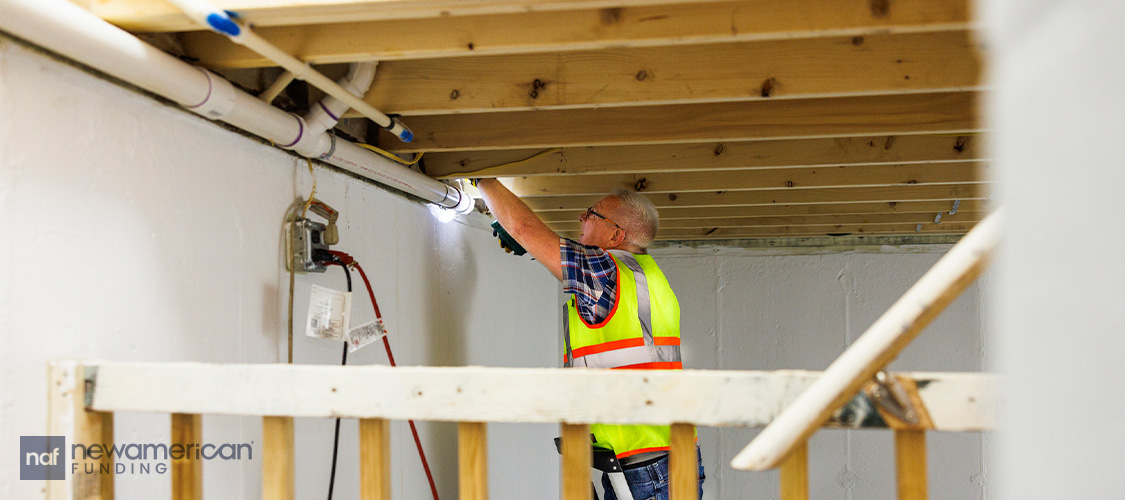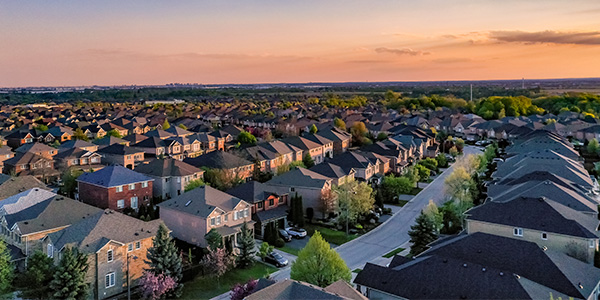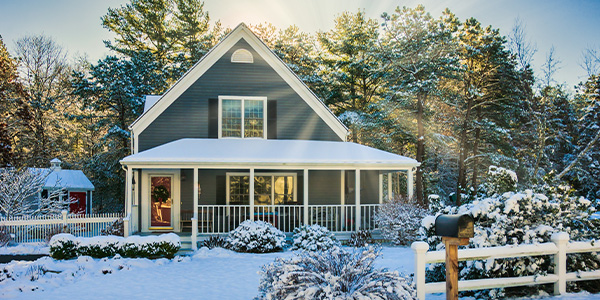Homebuyers
Unlocking Homeownership: How FHA Loans May Help First-Time Buyers
October 10, 2024
Owning a home is a goal for many Americans, but it may feel financially out of reach for many prospective first-time homebuyers. The Federal Housing Administration (FHA) may be able to help.
The FHA backs loans that are designed to make homeownership more accessible by offering generally lower down payments, more flexible credit requirements, and often lower interest rates than some other types of mortgages.
These loans are insured by the federal government. So, if a borrower loses their job and can’t make their mortgage payments, the lender is protected. This allows lenders to offer those lower down payments or potentially approve borrowers with lower credit scores.
In 2023, the FHA backed a total of 732,319 mortgages, according to a report from the agency. About 82% of the loans were for those purchasing homes, while others were for existing homeowners refinancing their loans.
"FHA loans provide a valuable opportunity for first-time homebuyers to enter the market, even if they have limited savings or less-than-perfect credit," said Dusty Lloyd, a loan officer with New American Funding in Dana Point in Southern California. "With lower down payment options and flexible credit requirements, they [may] make homeownership a realistic goal for many.”
What are FHA loans?
FHA loans are popular with first-time buyers who may have lower credit scores or not have as much money saved as existing homeowners.
These loans may be best known for allowing buyers to put down as little as 3.5% of the purchase price of their homes in some cases.
FHA loans also often boast lower mortgage interest rates than many other loans. The contract rate for a FHA loan averaged 6.22% in the week ending Oct. 4, according to the Mortgage Bankers Association (MBA).
It was 6.36% for conforming loans, which make up the bulk of the 30-year, fixed-rate mortgages on the market, according to MBA. This excludes larger, jumbo loans.
This difference in rates can make FHA loans more affordable for those with limited savings.
“FHA loans offer a full [government-backed] guarantee, making them less risky for investors and leading to lower rates for borrowers,” said Lloyd.
One of the downsides to buying a home with one of these loans is that they require an upfront mortgage insurance premium (UFMIP). This is similar to private mortgage insurance, PMI, because borrowers aren’t making large down payments.
This is generally 1.75% of the loan amount and is added to the loan.
For example, those borrowing $400,000 would have an additional $7,000 in UFMIP tacked onto the loan.
The loan also requires an annual mortgage insurance premium (MIP) for all borrowers, which is separate from UFMIP.
Borrowers who made a 10% or larger down payment and have paid their mortgage on time for at least 11 years may be able to have the MIP removed. This for those whose loans were made on or after June 3, 2013.
This means that while FHA loans offer advantages like lower initial costs, they may result in higher expenses over time.
"FHA can be more expensive over the life of the loan," said Lloyd.
Eligibility requirements for FHA loans

Those hoping to use a 3.5% down payment, typically need a credit score of at least 580 to be considered. If their credit score falls between 500 and 579, they will generally need a 10% down payment.
"To improve your chances of qualifying for an FHA loan, start by focusing on your credit score,” said Venus Sherill, a loan officer for New American Funding in Arlington, TX.
Borrowers’ debt-to-income ratio (DTI) should also be below 43%, meaning your monthly debts shouldn’t eat up more than that percentage of your income. This includes things like mortgage, car, student loan, credit card, and child support payments.
“If your DTI is higher, look for ways to reduce your debts or increase your income to improve your financial standing,” said Sherill.
Only borrowers purchasing primary homes are eligible for FHA loans. They can’t be used for vacation or investment properties.
Buyers must also have a steady income and be able to prove their employment.
FHA loan limits and property requirements

Buyers who live in more expensive parts of the country may be able to qualify for larger FHA loans. FHA loan limits change based on where someone is based and the type of property.
In 2024, the maximum loan amount for a single-family home in most areas is $498,257. But, in high-cost areas, it can be up to $1,149,825.
In places like Alaska and Hawaii, the limit is even higher, reaching $1,724,725.
FHA loans also have property rules. The home must pass a detailed inspection to meet FHA's safety and livability standards before the loan will go through.
“Appraisers will check the attic and crawl space and look for health and safety issues,” said Lloyd.
Dusty Lloyd NMLS#247106
Venus Sherill NMLS#1652681






 Smart Moves Start Here.
Smart Moves Start Here.